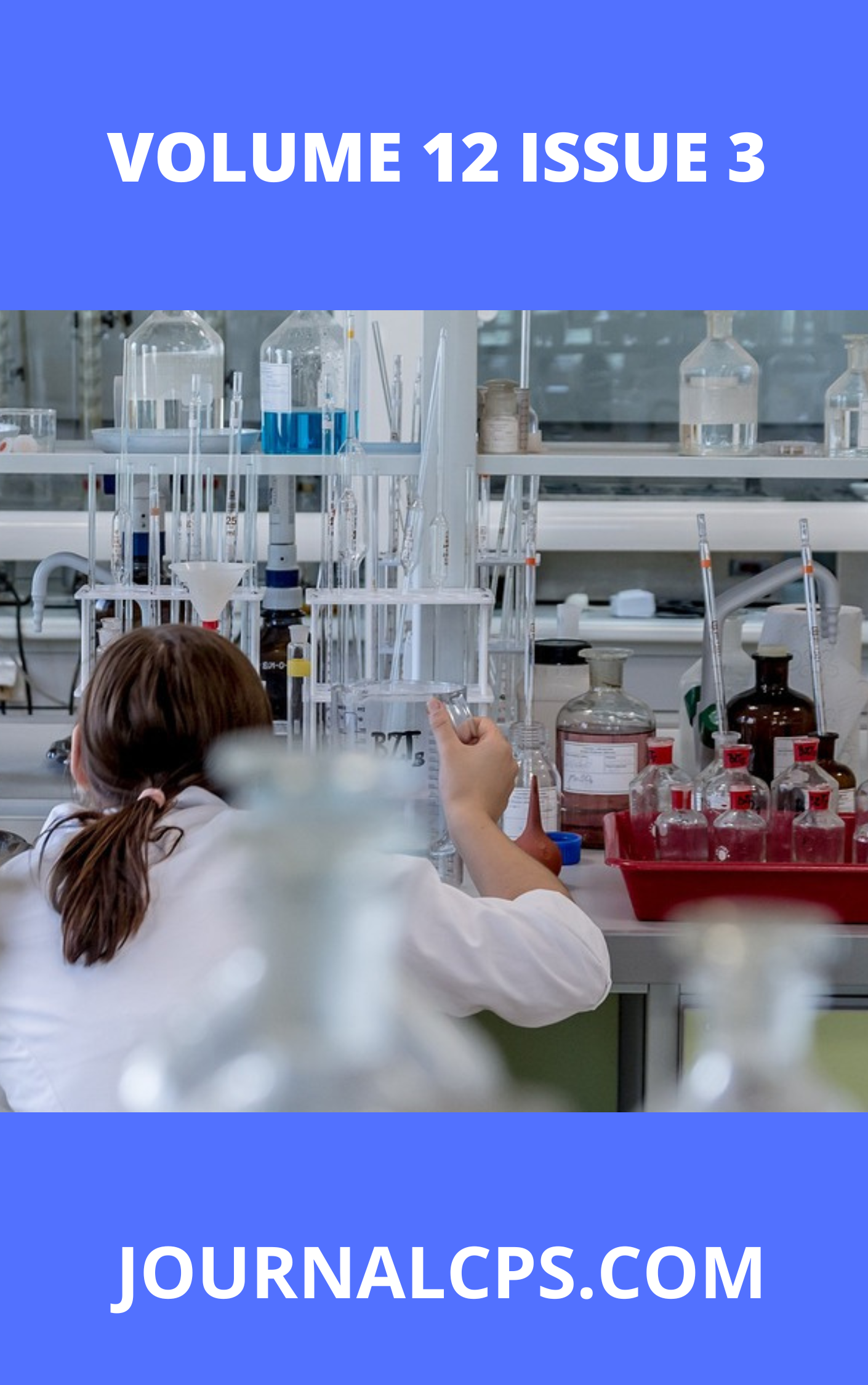Review on Microplastic-Polymer Composite Interactions: Assessing Contaminant Adsorption, Structural Integrity, and Environmental Impacts
Keywords:
Microplastics, Polymer Composites, Contaminant Transport, Environmental Pollution, Biodegradable MaterialsAbstract
Microplastics, defined as plastic particles smaller than 5 mm, have emerged as significant environmental contaminants due to their persistence and ability to adsorb and transport pollutants. This study explores the sources, classification, and environmental impact of microplastics, with a focus on their interactions with polymer composites. Microplastics serve as carriers for heavy metals, organic pollutants, and pathogens, increasing their bioavailability and potential toxicity. The degradation of polymer composites in microplastic-rich environments contributes to fragmentation, contaminant leaching, and structural deterioration. Strategies for mitigating microplastic-polymer composite contamination include the development of biodegradable materials, surface modifications to reduce contaminant adsorption, and advanced remediation technologies. The findings highlight the urgent need for research, policy interventions, and sustainable material innovations to address the challenges posed by microplastic pollution.Downloads
Published
2025-03-13
Issue
Section
Articles
Similar Articles
- Richard Alexis Ukpe, The Investigation of the Corrosion Inhibition Efficiency of Aqueous extract of Vernomia Amygdalina for Mild Steel In Various Concentrations of HCl , Communication In Physical Sciences: Vol. 10 No. 1 (2023): VOLUME 10 ISSUE 1
- Ahmed Usman`, Abdulakeem Oladipo, Hameed Momoh, Gadisa Megersa, Assessment of Radiation Dose Rates at the Faculty of Engineering, Ahmadu Bello University, Zaria , Communication In Physical Sciences: Vol. 12 No. 5 (2025): Vol 12 ISSUE 5
- Efe Kelvin Jessa, A Multidisciplinary Approach to Historic Building Preservation , Communication In Physical Sciences: Vol. 11 No. 4 (2024): VOLUME 11 ISSUE 4
- Bertha Onyenachi Akagbue Akagbue, Mu’awiya Baba Aminu , Effect of Na-22, Cl-36, 3-H, and P-32 Exposure on Laboratory Clinical Researchers , Communication In Physical Sciences: Vol. 9 No. 4 (2023): VOLUME 9 ISSUE 4
- Gideon Wyasu, Batch adsorption of Mn2+ and Co3+ from Refinery wastewater using activated carbon from epicarp of Detarium microcarpum and Balanites aegyptiaca shells , Communication In Physical Sciences: Vol. 3 No. 1 (2018): VOLUME 3 ISSUE 1
- Rakiya Haruna, Muneer Aziz Saleh, 222Rn activity concentration in outdoor air of Johor, Malaysia , Communication In Physical Sciences: Vol. 8 No. 2 (2022): VOLUME 8 ISSUE 2
- Samira Sanni, A Review on machine learning and Artificial Intelligence in procurement: building resilient supply chains for climate and economic priorities , Communication In Physical Sciences: Vol. 11 No. 4 (2024): VOLUME 11 ISSUE 4
- Benjamin Odey Omang, Temple Okah Arikpo, Eyong Gods’will Abam, Godwin Terwase Kave, Asinya Enah Asinya, Anthony Adesoji Onasanwo, The Geochemistry and Petrogenesis of the Iron-Bearing Sediments of Mfamosing, Southeastern (SE), Nigeria: Evidence from Major Oxides and Its Implication for Industrial Utilization , Communication In Physical Sciences: Vol. 11 No. 4 (2024): VOLUME 11 ISSUE 4
- Martins Moses, John Stanley, Adam Aliyu, Benjamin Biko, Synthesis and Characterization of Graphene Oxide Nanoparticles Using Graphite Dust , Communication In Physical Sciences: Vol. 9 No. 4 (2023): VOLUME 9 ISSUE 4
- Abdullahi Lawal, Musa Bello, Ahmed Musa Kona, Quasi-particle band structure and optical properties of Perylene Crystal for Solar Cell Application: A G0W0 Calculations , Communication In Physical Sciences: Vol. 8 No. 2 (2022): VOLUME 8 ISSUE 2
You may also start an advanced similarity search for this article.




